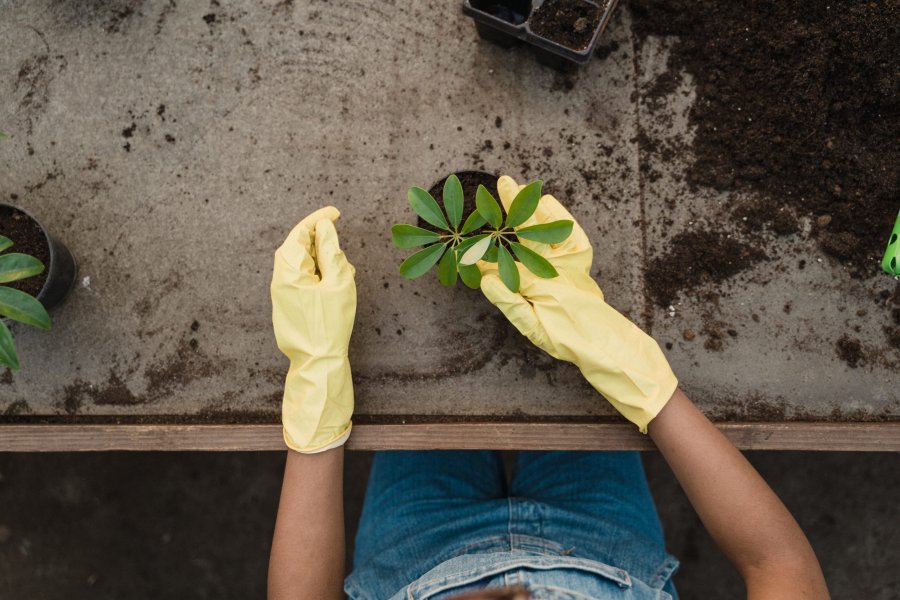There are many reasons why people decide to start gardening or shrubbery. Some of the benefits include space for a personal retreat, needed fresh air, and beautiful flowers. But the true benefits of gardening can only be achieved if you have healthy plants and proper fertilizer. A proper fertilizer is just one of the many fundamentals needed for a successful garden. However, not all fertilizers are created equal and adequate knowledge of how to choose the appropriate fertilizer is critical. This article will provide you with important information regarding fertilizers, the different types, their properties and their application
Fertilizer is a liquid or solid material that is applied to plants, usually after the seeds have been sown. These substances can be salts, acids or organic materials. Fertilizers are necessary for all crops, trees and plants because they help crops by supplying them with food; they make it possible for crops to grow up to full size and yield more fruits. The plant needs nutrients in the form of growth, use of energy and protection against diseases. In addition, fertilizers stimulate growth and development of organisms such as bacteria, fungi and nematodes. In general, fertilizers are divided into two main groups: chemical fertilizers and organic fertilizers. They can be applied to soil or to the surface of the ground.
Food additives are substances that are added to foods during the processing of the food (before it is packaged for sale) or during storage at home. Potentially all food additives need a regulation by a European Commission member state and must be supported by sufficient scientific evidence in order for them to be authorized as food additives. Isolated food enzymes are not classified as food additives.
Chemical fertilizers are the most commonly used type of fertilizer and they contain a mix of inorganic chemicals, while organic fertilizers are less used in comparison and they contain natural organic matter. Both types take time to dissolve in water and reach the roots of plants. Organic fertilizers have three stages: raw material such as animal manures, nitrogen using bacteria to break down the manure into ammonia, and chemical processes to produce compounds that can be used by plants.
There are many different ways in which a person may use fertilizer. A popular method is to add the fertilizer directly to the soil or fill up a barrel with soil and add the fertilizer into it for later use. Another way of using a fertilizer is to add the fertilizer to a bucket of water, which can be used for different purposes. For instance, baking soda and vinegar can be soaked in water, making it an effective and versatile household cleaning agent.
Different types of fertilizers include: organic fertilizers, organic potash (nitrogen) of organic manure (animal dung), and organic phosphates. Fertilizers are usually found at gardening stores or online.
When to apply fertilizer may vary depending on the type of plant being grown. For example, young plants will benefit from an application sometime during their first year while mature plants require nutrients much more frequently than younger plants.
Conclusion
Most plants need nutrient rich soil to grow properly. If a plant does not receive adequate nutrients, it will be stunted in growth. A fertilizer can provide a plant with the necessary nutrients for growth. There are many different types of fertilizers to choose from, each with their own benefits. The best time to apply fertilizer may also vary depending on the type of plant being grown. By choosing and applying the proper fertilizer, you can ensure your plants grow to their full size and yield lots of fruits and flowers.

